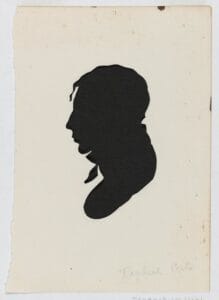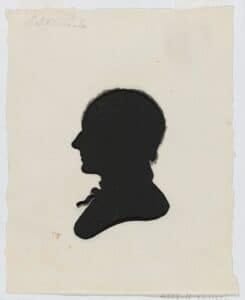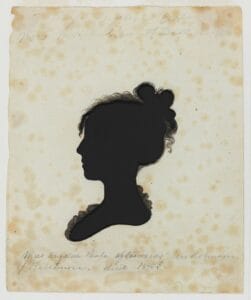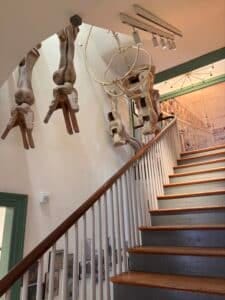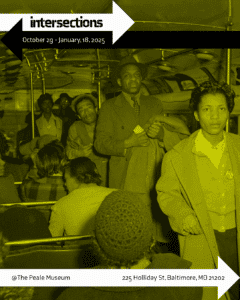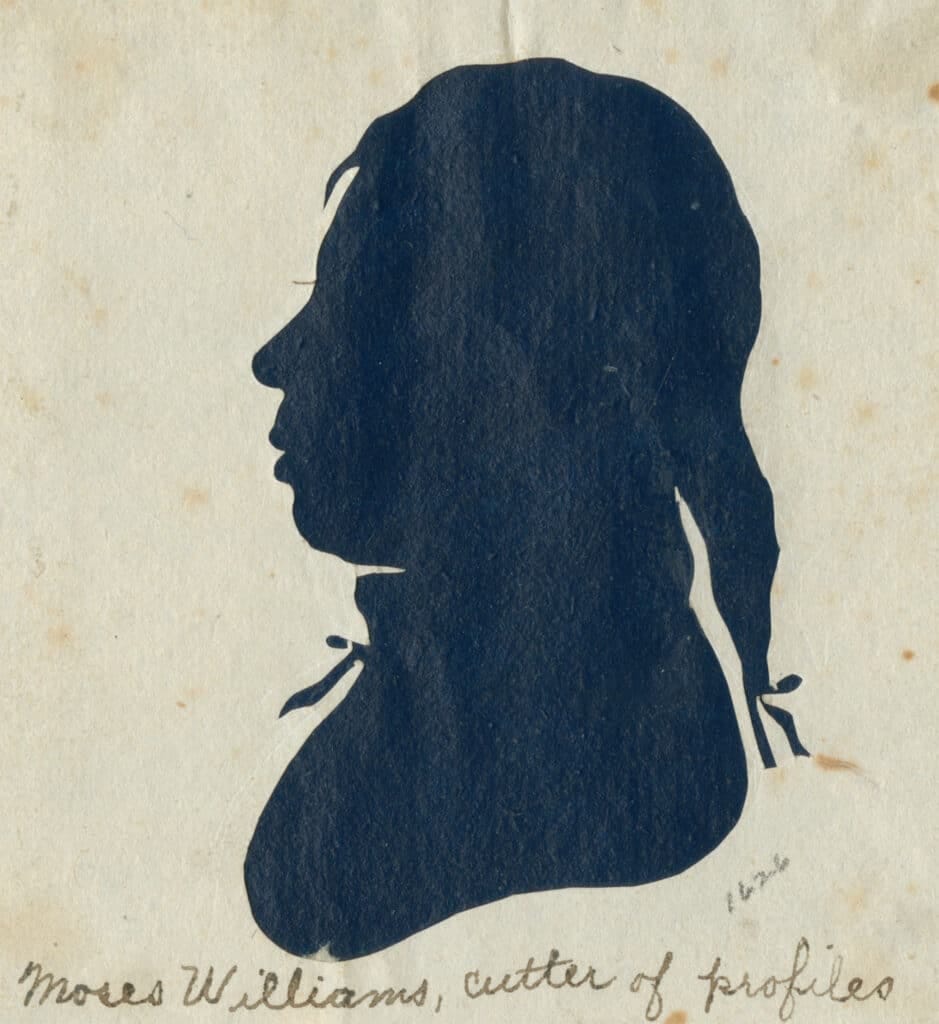
Moses Williams was an accomplished silhouette artist and entrepreneur born to an enslaved couple who were traded to Charles Willson Peale, Rembandt’s father, in payment for a pair of portraits he had painted while living in Maryland. Although the senior Peale had voted in favor of Pennsylvania’s Act for the Gradual Abolition of Slavery while serving in the state assembly in 1780, provisions in the law meant Williams grew up in the Peale household in a sort of indentured status, remaining with the Peales after his parents were emancipated. Unlike Peale’s biological children, Williams was not taught to paint, but he did learn silhouette cutting and sold silhouettes to visitors to the Peales’ Philadelphia Museum. From his creative business, he earned enough to be manumitted a year before Pennsylvania law required at the time, purchase a home, and start a family.
His entrepreneurial spirit, talent, and success in the face of systemic racism and injustice make Moses Williams a relevant and exemplary historical figure for the apprentices in the Accomplished Arts Apprentices workforce development program. Their teaching gallery at the Peale Museum in Baltimore is named after him to put this important history at the heart of the 1814 museum building and the stories that visitors will learn about it and the Peale family.
Learn more about Moses Williams in this seminal article by Dr. Gwendolyn DuBois Shaw, originally published in the Proceedings of the American Philosophical Society, March 2005. On the Peale family’s history with slavery see Sarah Fling’s article for the “Slavery in the President’s Neighborhood initiative.”
